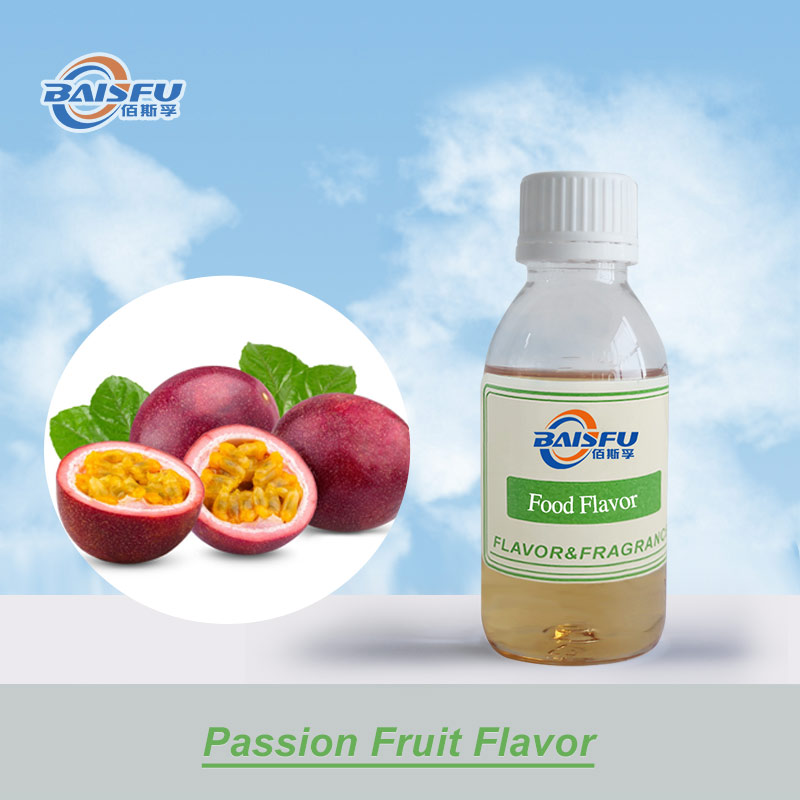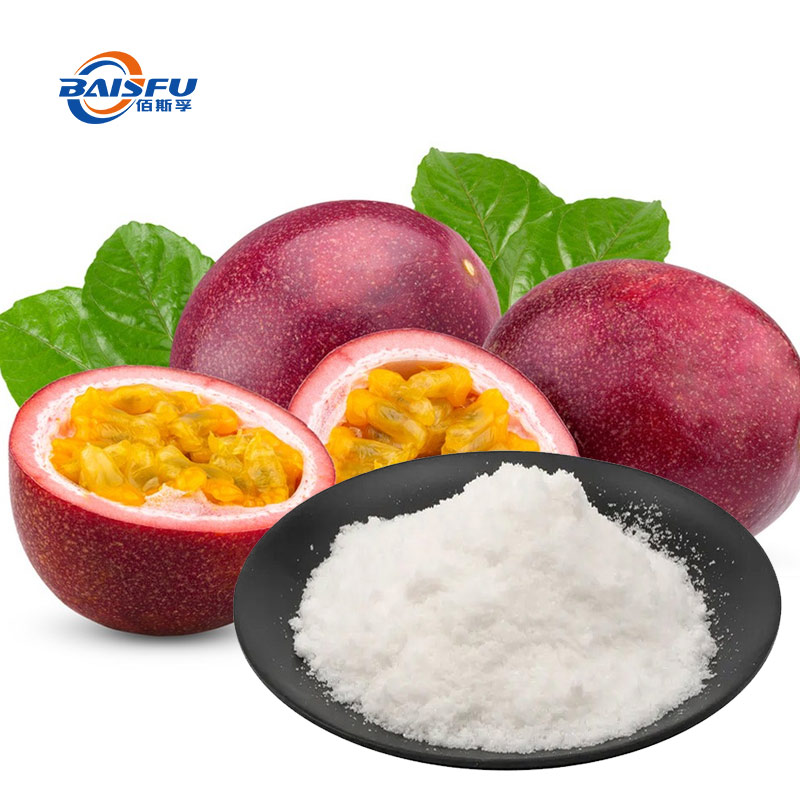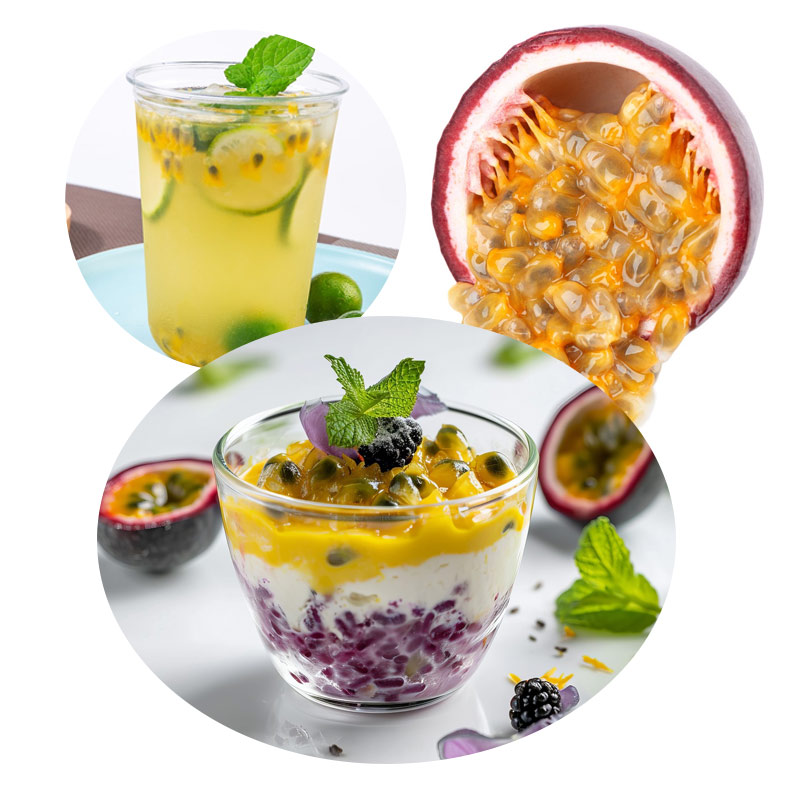Varying Styles of Fruit Flavors: Passion Fruit Flavor
Passion fruit flavor is a natural flavor additive widely used in the food, beverage, cosmetics and tobacco industries. Its characteristic is that it can highly reproduce the unique aroma and sweet-sour taste of passion fruit.

1. Aroma and Flavor Characteristics
The passion fruit essence has a core aroma of tropical fruits, blending the fragrances of pineapple, mango, and guava, and combining refreshing sweetness and delicate floral scents.
Its flavor profile is rich, with a bright top note (initial aroma), a full body note, and a long-lasting base note (aftertaste), highly replicating the sensory experience of natural passion fruit.
2. Physical and Chemical Properties
Form: Includes liquid (water-soluble/oil-soluble), powder, and water-oil dual-purpose types, meeting different process requirements.
Stability: Resistant to high temperatures (baking), durable for boiling (beverage processing), and resistant to freeze-thaw (ice cream), with excellent processing adaptability.
Solubility: Liquid essence is easily soluble in ethanol and propylene glycol; powder essence can be directly mixed with dry ingredients.
3. Core Component Composition
Natural passion fruit contains over 81 volatile substances, with esters accounting for the highest proportion (such as ethyl butyrate, ethyl hexanoate), imparting the characteristic fruit aroma; aldehydes (such as hexanal) and terpenoids (such as linalool) contribute to the green and floral notes.

1. Food and Beverages
Beverages: Used for juices, tea drinks, carbonated beverages, with an addition amount of 0.05% – 0.2%, enhancing freshness and flavor complexity.
Baking and Confectionery: High-temperature resistant powder flavorings (0.1% – 0.5%) are used in cakes, cookies, and gummy candies, maintaining aroma stability even after high-temperature baking.
Dairy Products: Added to yogurt and ice cream at 0.1% – 0.3%, enhancing fruit aroma and balancing the heavy texture of milk fat.
Salty Foods: Innovatively applied to seasonings, instant noodle soup packets, reducing greasiness and enhancing flavor, with an addition amount of approximately 0.05% – 0.15%.
2. Cosmetics and Fragrance
Personal Care Products: Added to body wash, shampoo, hand cream at 0.1% – 0.5%, providing a fresh fruity fragrance.
Household Products: Used in air fresheners, laundry detergents, replacing synthetic fragrances to create natural scents.
Aromatherapy Products: As the middle and top notes of scented candles or flameless aromatherapy, accounting for 2% – 8%.
3. Industry and Other Fields
Textiles: Microcapsule flavorings (1% – 3%) are used in fragrant fibers, releasing fragrance persistently.
Plastics and Coatings: High-temperature resistant flavorings (0.1% – 0.3%) are added to toys, packaging materials, masking industrial odors.


